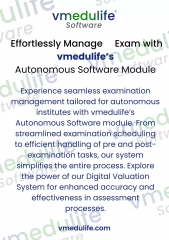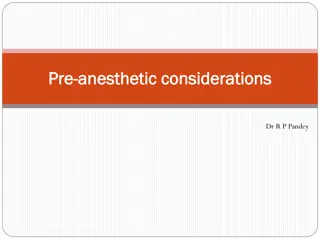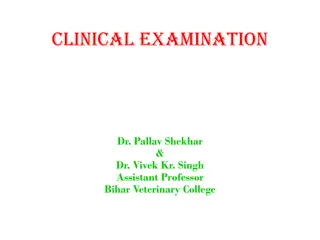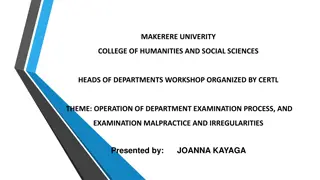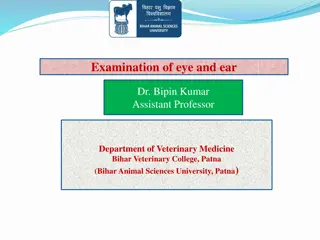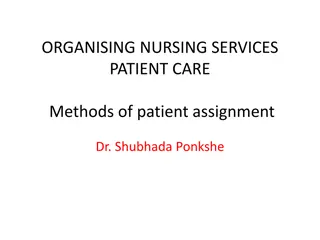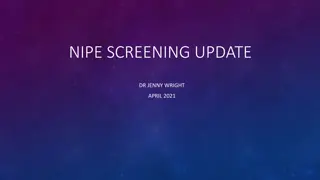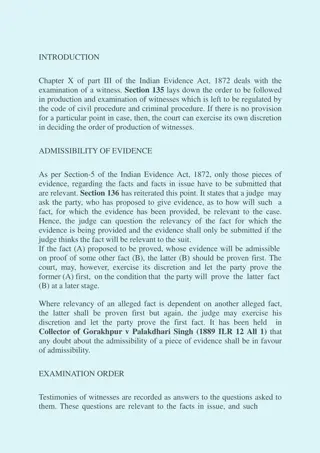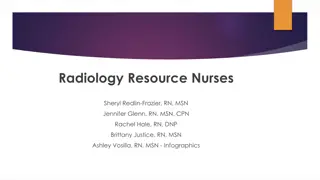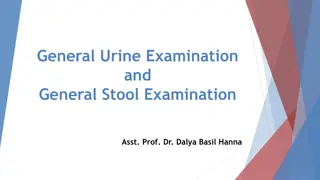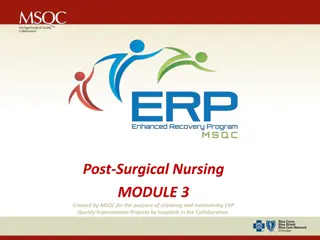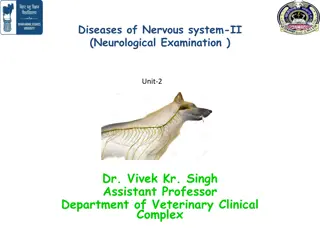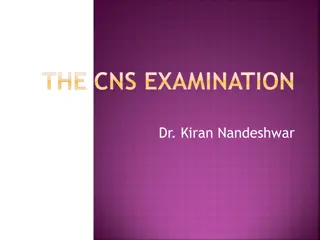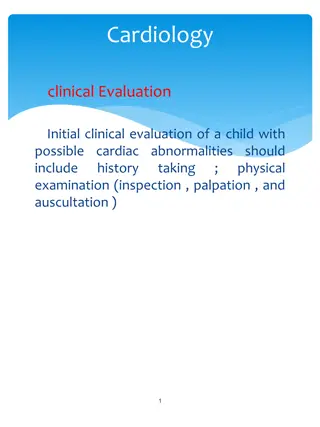Patient Management and Clinical Examination Overview
The management of any patient involves history-taking, clinical examination, investigations, provisional diagnosis, and treatment planning. Patient history components include biographic data, chief complaint, history of chief complaint, past dental and medical history. Clinical practice examination includes inspection, palpation, percussion, and auscultation. Inspection involves visual examination for signs like color changes, asymmetry, growths, ulcers, and scars. Palpation assesses texture, dimension, consistency, temperature, and functional events. Percussion is the technique of striking tissues to observe sounds. Auscultation involves listening to internal body sounds. Clinical examination involves extraoral and intraoral evaluations.
Download Presentation

Please find below an Image/Link to download the presentation.
The content on the website is provided AS IS for your information and personal use only. It may not be sold, licensed, or shared on other websites without obtaining consent from the author.If you encounter any issues during the download, it is possible that the publisher has removed the file from their server.
You are allowed to download the files provided on this website for personal or commercial use, subject to the condition that they are used lawfully. All files are the property of their respective owners.
The content on the website is provided AS IS for your information and personal use only. It may not be sold, licensed, or shared on other websites without obtaining consent from the author.
E N D
Presentation Transcript
Comparison with DNA The chemical structure of RNA is very similar to that of DNA, but differs in three primary ways: Unlike double-stranded DNA, RNA is a single- stranded molecule in many of its biological roles and consists of a much shorter chain of nucleotides. However, RNA can, by complementary base pairing, form intrastrand (i.e., single-strand) double helixes, as in tRNA.
While the sugar-phosphate "backbone" of DNA contains deoxyribose, RNA contains ribose instead. Ribose has a hydroxyl group attached to the pentose ring in the 2' position, whereas deoxyribose does not. The hydroxyl groups in the ribose backbone make RNA less stable than DNA because it is more prone to hydrolysis. The complementary base to adenine in DNA is thymine, whereas in RNA, it is uracil, which is an unmethylated form of thymine.


